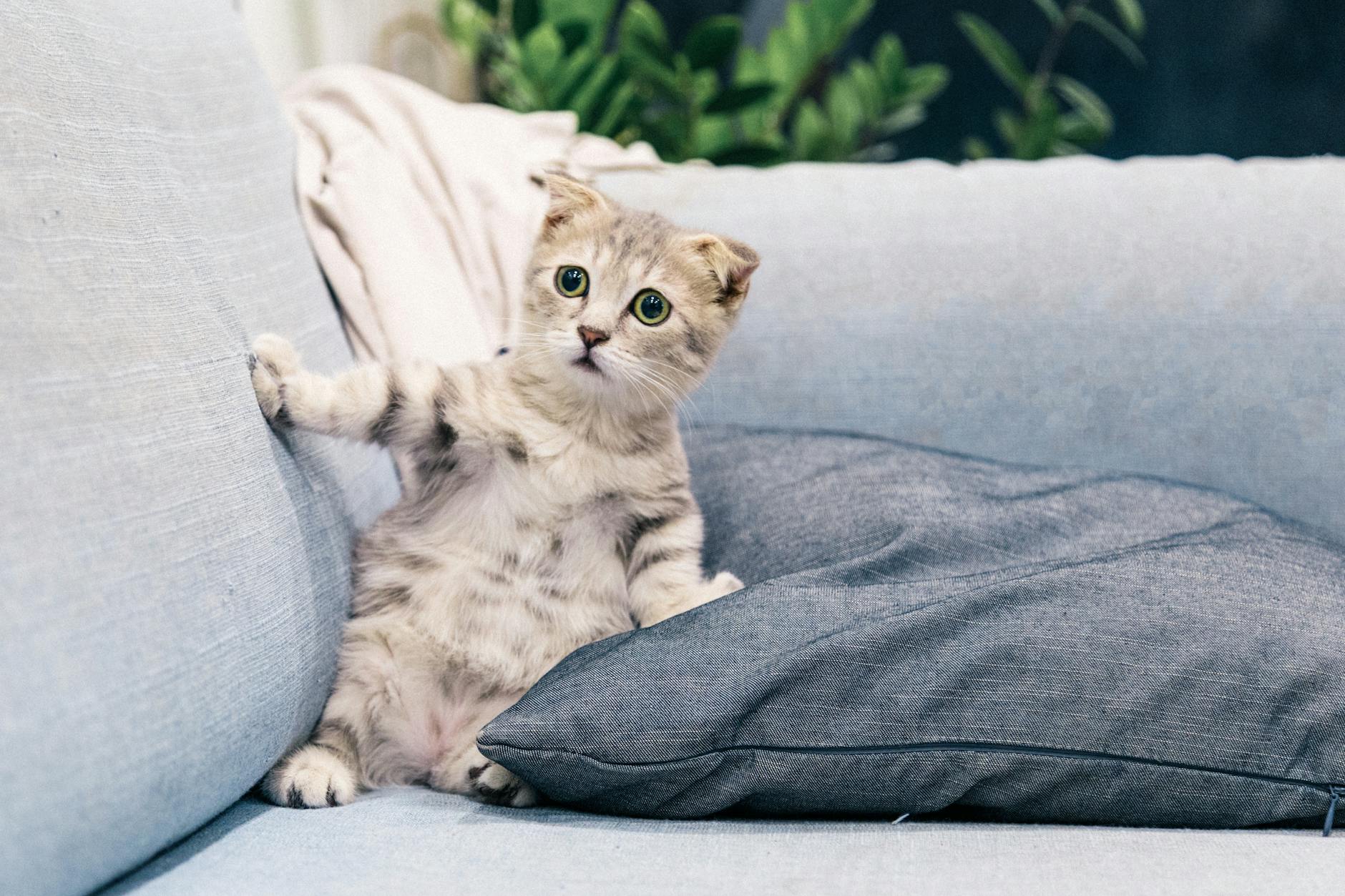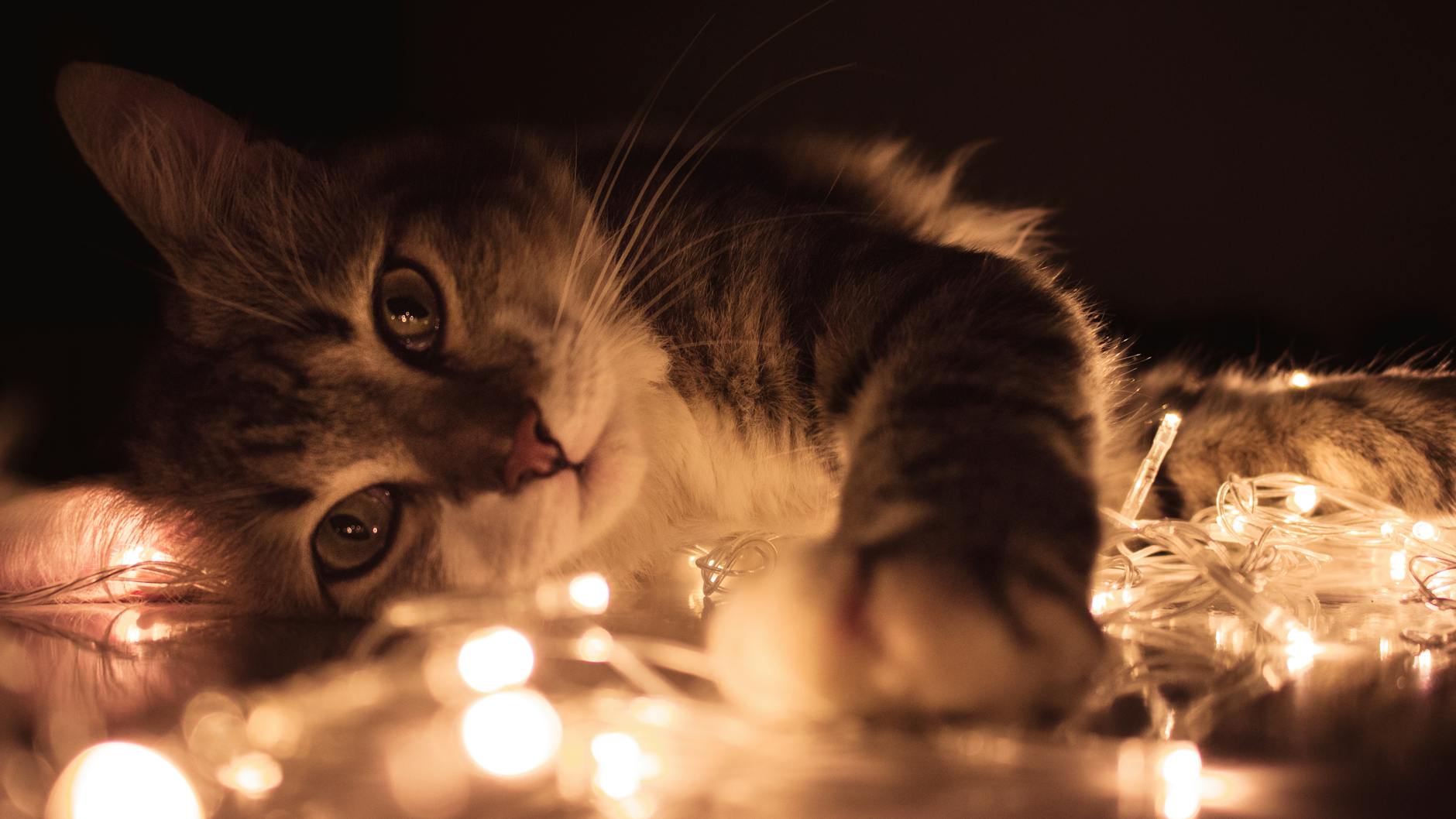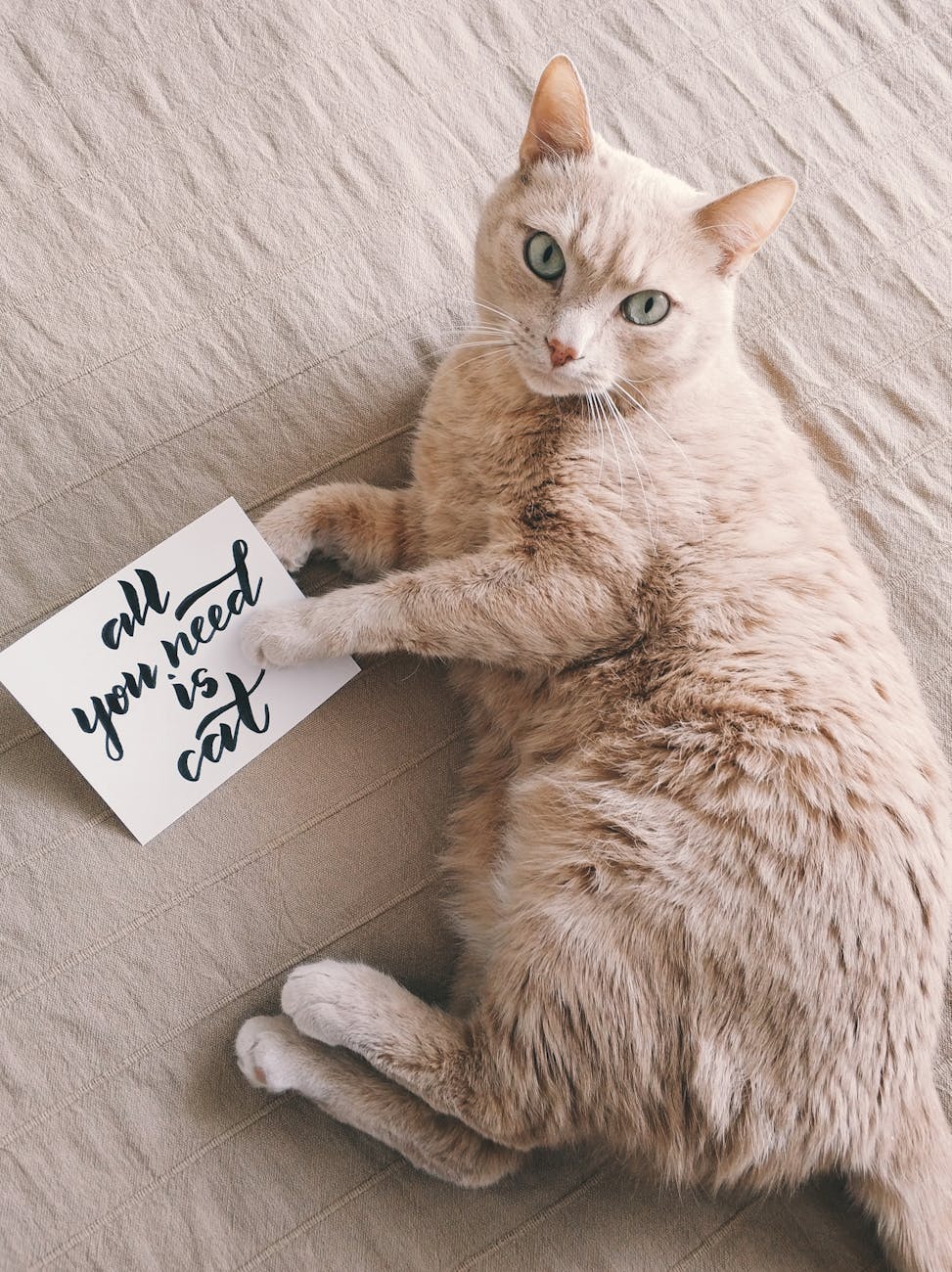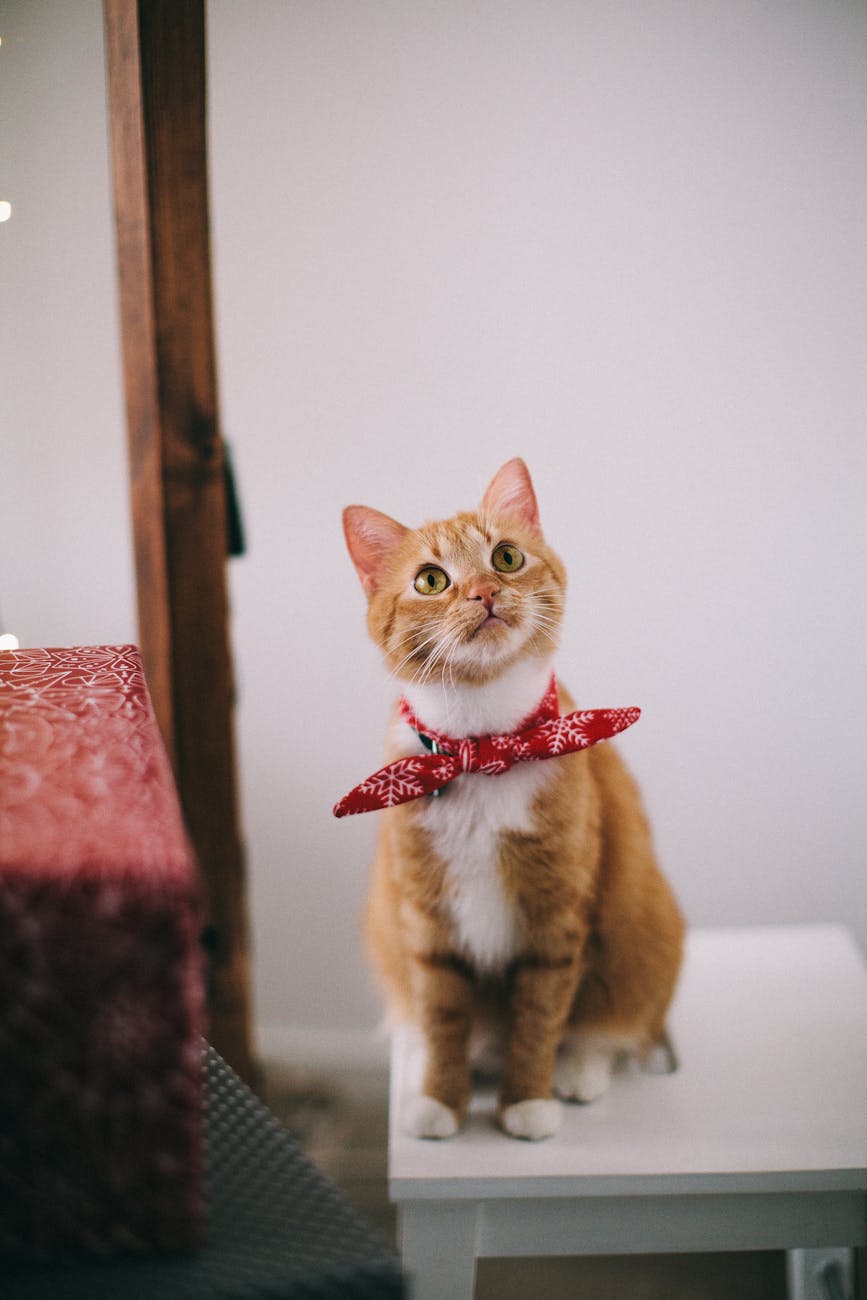Whisker fatigue is a condition that affects many pets, particularly cats, and understanding it plays a crucial role in their overall well-being. This phenomenon occurs when a cat’s sensitive whiskers experience overstimulation, leading to discomfort and stress. As pet owners become more aware of the symptoms and impacts of whisker fatigue, they can take proactive steps to alleviate their furry friends’ distress. In this blog post, we will explore the nature of whisker fatigue, its symptoms, causes, and effective solutions to ensure your pet remains happy and healthy.
What is Whisker Fatigue?
Whisker fatigue is a condition that affects many cats, caused by overstimulation of their sensitive whiskers. These long, stiff hairs, known as vibrissae, play a critical role in navigating their environment and assessing their surroundings.
Here are some key points to understand about whisker fatigue:
- Sensory Overload: Whiskers are highly sensitive to touch, and constant contact with objects—such as cat bowls or narrow spaces—can overwhelm a cat’s sensory system.
- Physical Signs: Although whisker fatigue is not a medical diagnosis, signs may include changes in eating habits, irritability, or reluctance to engage in playful behavior.
- Understanding Whiskers: Cats use their whiskers to gauge distance and detect nearby objects. If they experience fatigue, it may lead them to avoid certain activities altogether.
In conclusion, recognizing the signs of whisker fatigue can help pet owners provide a comfortable environment that respects their cat’s sensory needs, thus promoting their overall well-being.

Symptoms of Whisker Fatigue
Recognizing the symptoms of whisker fatigue in your cat is crucial to ensuring their comfort and well-being. Here are some common signs to look out for:
- Avoidance Behavior: Cats may shy away from their food or water bowls, indicating discomfort when using them.
- Sensitivity: Increased sensitivity around the whiskers may lead to excessive grooming or agitation.
- Changes in Eating Habits: If your cat is suddenly eating less or avoiding certain types of food, it might be related to whisker fatigue.
- Physical Distress: Watch for signs of distress such as twitching or sudden jerking of the head when touching their whiskers.
- Eye Averting: If your cat frequently looks away or seems distracted during mealtime, this might indicate discomfort.
Understanding these symptoms of whisker fatigue can help you take timely action to enhance your pet’s quality of life. If you observe any of these signs, consider adjusting their feeding setup to provide a more comfortable experience.
Causes of Whisker Fatigue
Whisker fatigue occurs when a cat’s sensitive whiskers become overstimulated, leading to discomfort and stress. Understanding the causes can help pet owners mitigate this issue. Here are key factors that contribute to whisker fatigue:
Overstimulation: Cats rely on their whiskers to sense their environment. Frequent contact with objects like narrow food bowls or close quarters can overwhelm them.
Environmental Changes: Moving to a new home or introducing new furniture can disorient a cat, causing whisker fatigue as they adjust to unfamiliar surroundings.
Dietary Choices: Specific food dishes that are too deep or non-user-friendly can result in constant whisker contact, exacerbating fatigue.
Stress Factors: Loud noises, other pets, or changes in routine can increase anxiety, leading to heightened whisker sensitivity.
To summarize, understanding these causes of whisker fatigue allows you to take proactive measures to ensure your cat’s comfort. By recognizing the triggers, you can create a pet-friendly environment that respects their delicate sensory needs.
Impact of Whisker Fatigue on Pets
Whisker fatigue significantly affects the overall well-being of pets, particularly cats. This condition arises when the sensitive whiskers are overstimulated, leading to discomfort and behavioral changes. Here are some key impacts of whisker fatigue on pets:
- Behavioral Changes: Pets may exhibit signs of irritability or anxiety, avoiding certain activities such as eating and playing.
- Reduced Appetite: Cats experiencing whisker fatigue may refuse to eat from deep bowls, causing potential nutritional deficiencies.
- Social Withdrawal: Pets may become less interactive, missing out on family bonding experiences.
- Stress and Anxiety: Chronic whisker fatigue can lead to elevated stress levels, affecting your pet’s overall mental health.
Comparison of Symptoms
| Symptom | Impact of Whisker Fatigue | Normal Behavior |
|---|---|---|
| Eating Habits | Discomfort using deep bowls | Normal meal times |
| Social Interaction | Increased isolation | Active participation |
| Activity Levels | Decreased playfulness | Regular play sessions |
Recognizing the impact of whisker fatigue is crucial in ensuring the happiness and health of your pets. Be proactive in observing these changes to address discomfort early on.

How to Identify Whisker Fatigue in Cats
Identifying whisker fatigue in cats can be crucial for their comfort and well-being. Whisker fatigue occurs when a cat’s sensitive whiskers overstimulate due to constant contact with objects. Look for the following signs to help you determine if your cat is experiencing this condition:
- Changes in Eating Habits: If your cat starts to avoid their food bowl or has difficulty eating, it may indicate whisker fatigue.
- Preference for Flat Dishes: Cats may choose to use flat plates rather than deep bowls, as these reduce whisker contact.
- Pawing at Food: If you notice your cat pawing at their food instead of eating directly, this behavior might signal discomfort from whisker fatigue.
- Pacing or Restlessness: A cat that seems anxious or fidgety around their food setting may be addressing sensory overload related to their whiskers.
Prompt recognition of these symptoms can lead to effective measures against whisker fatigue. By monitoring your cat’s behavior and preferences, you can improve their feeding experience and overall quality of life.
Solutions to Mitigate Whisker Fatigue
Mitigating whisker fatigue involves simple yet effective strategies to enhance your pet’s comfort and well-being. Here are some practical solutions:
Adjust Food and Water Bowls: Use shallow, wider bowls. This adjustment minimizes the contact between the cat’s whiskers and the sides of the bowl, reducing irritation.
Elevate Food and Water: Elevating bowls to a comfortable height can improve accessibility and lessen the strain on your pet’s whiskers.
Create a Whisker-Friendly Feeding Area: Provide a calm, spacious environment for feeding. This setup helps cats feel secure and less pressured.
Regularly Inspect Whiskers: Check for any physical damage. Healthy whiskers are crucial for their sensory experiences.
Monitor Behavior: If your cat shows signs of distress during feeding, reassess their feeding environment and bowl style.
By applying these solutions, you can significantly reduce the discomfort associated with whisker fatigue. Remember, a happy pet leads to a happier home!
Preventive Measures for Whisker Fatigue
Preventing whisker fatigue is crucial for ensuring your cat’s comfort and overall well-being. By being proactive, you can create an environment that minimizes the risk of this condition. Consider the following preventive measures:
- Adjust Feeding Bowls: Use shallow, wider bowls to prevent whiskers from touching the sides.
- Limit Grasping Objects: Opt for toys that your cat can bat or chase rather than those that require grasping, as this reduces whisker strain.
- Create a Cozy Space: Provide a quiet, dedicated area for your cat to retreat to when they’re feeling overwhelmed.
- Monitor Grooming Tools: Choose grooming tools that are gentle on your cat’s facial whiskers.
Here’s a quick comparison of feeding bowls:
| Type of Bowl | Whisker Strain | Recommended for Whisker Fatigue |
|---|---|---|
| Deep, narrow bowls | High | No |
| Shallow, wide bowls | Low | Yes |
| Flat dishes | Low | Yes |
By implementing these strategies, you can help alleviate the risk of whisker fatigue, ensuring your cat remains happy and healthy.

Conclusion: The Health of Your Pet and Whisker Care
In summary, understanding whisker fatigue is crucial for the overall health and well-being of your pet. Whiskers serve as vital sensory tools, helping cats navigate their environment. However, when these sensitive whiskers experience fatigue, it can lead to discomfort and stress.
To ensure your furry friend remains happy and healthy:
- Monitor Behavior: Keep an eye on signs of whisker fatigue, such as reluctance to eat or play.
- Provide Appropriate Bowls: Use shallow and wide food and water bowls to lessen whisker stress.
- Create a Comfortable Environment: Maintain a calm atmosphere and provide soft resting areas for your pet.
Addressing whisker fatigue not only enhances your cat’s quality of life but also reinforces the bond you share. By being proactive in whisker care, you help your pet thrive while minimizing the negative impacts of whisker fatigue. Prioritizing this aspect of your pet’s health can lead to happier times spent together. Remember, a content cat is a healthy cat!
Frequently Asked Questions
What is whisker fatigue and what causes it?
Whisker fatigue is a condition experienced by some pets, particularly cats, due to overstimulation of their whiskers. These sensitive hairs, or vibrissae, are packed with nerve endings and provide tactile feedback. When a cat frequently encounters narrow food bowls or excessive stimulation, their whiskers can become overstretched and fatigued, leading to this condition. Causes often include specific feeding environments or changes in their surroundings that lead to stress or discomfort.
What are the symptoms of whisker fatigue in pets?
Symptoms of whisker fatigue in pets, especially cats, include changes in eating behavior, reluctance to use their food bowls, and signs of distress or discomfort when approaching food or water sources. You might notice them pawing at their food or attempting to eat from the floor instead of their bowl. Additionally, a cat experiencing whisker fatigue may exhibit signs of irritability or anxiety, looking visibly stressed when interacting with their feeding area.
How can I help my pet recover from whisker fatigue?
To help your pet recover from whisker fatigue, consider providing wider, shallow dishes for food and water. This allows their whiskers to rest comfortably without being overstimulated. Additionally, ensuring a calm and stress-free feeding environment can greatly assist recovery. Gradually reintroducing food in more comfortable settings and observing your pet’s reactions to various bowl types will help identify what works best for them.
Can whisker fatigue be prevented, and if so, how?
Whisker fatigue can often be prevented by using pet feeding bowls that are designed to minimize whisker contact. Choosing wider, shallow bowls is one effective approach, as they accommodate your pet’s whiskers without significant contact. Additionally, maintaining a consistent feeding area free from distractions can prevent overwhelming your pet during meals. Regularly monitoring your pet’s feeding habits and behaviors can help in early detection of whisker fatigue before it becomes a significant issue.



